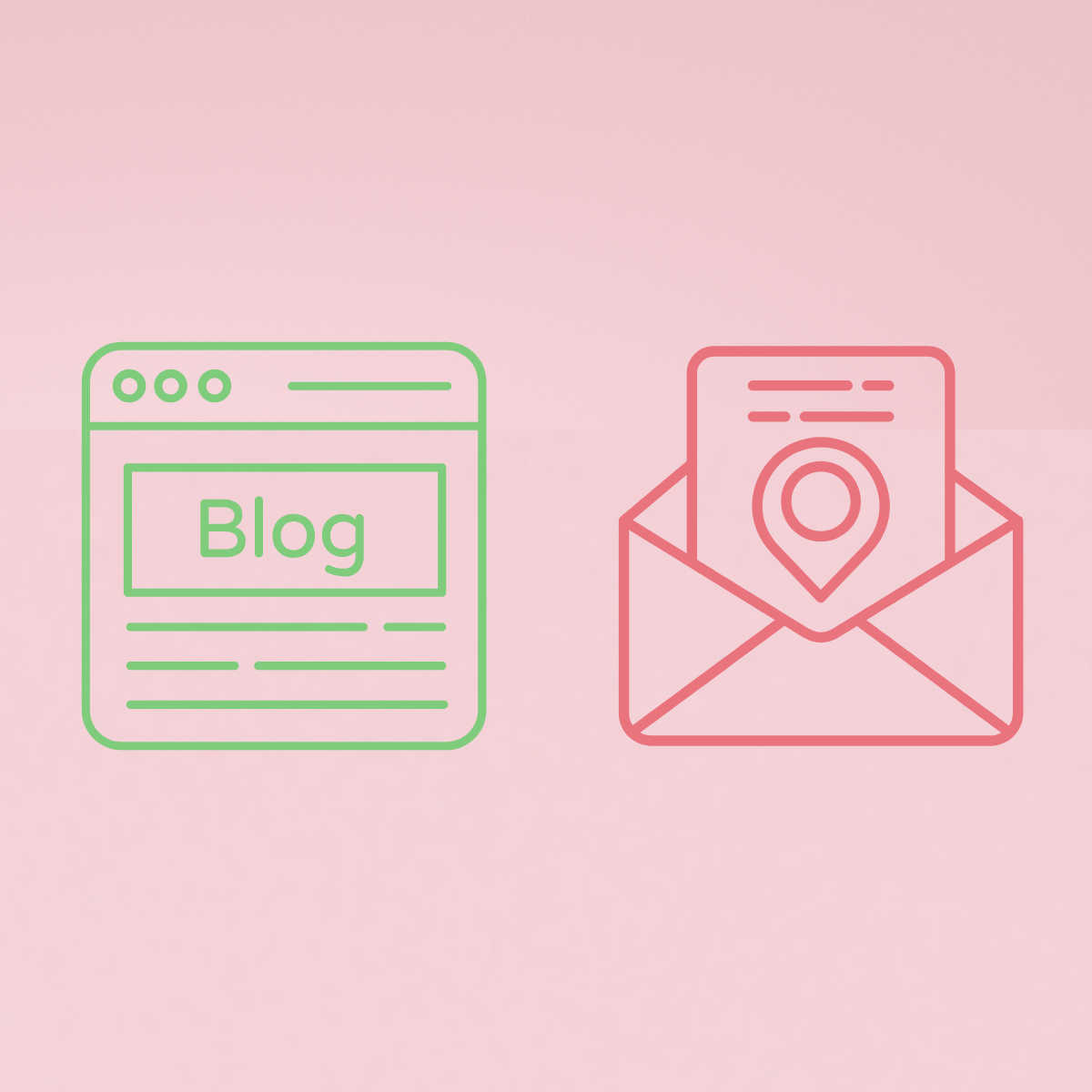Let’s talk about two of your most powerful marketing tools—emails and blogs—and how they can work together like a dream team to keep your audience engaged.
Think of email and blog content as peanut butter and jelly—amazing on their own, but together, they create something magical!
Today, we’ll walk you through how to align these two for maximum impact and long-term success.
Why Email and Blog Content Should Be Besties
Before we dive into strategies, let’s break down why email and blog content should work hand-in-hand.
Your blog is where you provide value-packed content, build authority, and attract readers.
But your email list? That’s where the magic happens!
It’s a direct line to people who have already shown interest in what you’re offering.
Now, what if every time you hit “publish” on a blog post, you could automatically have an audience of eager readers?
And what if your email newsletters weren’t just about promotions but also a goldmine of valuable content?
That’s what happens when your email marketing and blog strategy align perfectly!
1. Highlight Blog Content in Your Emails
First things first: make your email subscribers feel like they’re part of an exclusive club.
How? By giving them sneak peeks or early access to your latest blog posts.
Imagine sending out an email with a subject line like: “ New Blog Post: Unlock 5 Productivity Hacks (Before Anyone Else!)”
You’re immediately adding value and enticing your subscribers to click through.
For example, if you run a fitness blog, give your email list early access to your new “7-Day At-Home Workout Challenge” post.
It’s a small touch, but it makes subscribers feel special.
Pro tip: Add a little blurb in your email that tells readers why they should care about this blog post.
Explain what’s in it for them, whether it’s actionable tips, insider knowledge, or a helpful resource.
——————–Example————————–

HubSpot is a fantastic example of a company that integrates its blog content with email marketing. HubSpot offers in-depth blog posts on marketing, sales, and customer service.
They don’t just stop there, though.
HubSpot sends out newsletters featuring their most popular blog posts of the week, segmented by user interest (marketing, sales, service).
They even turn blog content into free guides and eBooks, which they promote through email to convert readers into leads.
Key Benefit: HubSpot repurposes its blog content into different email formats like newsletters, promotional offers, and nurture sequences.
This creates a cohesive ecosystem that keeps users engaged while subtly moving them through the funnel.
2. Use Blog Content to Drive Seasonal Campaigns
One of the best ways to align email marketing and blogging for retail businesses is through seasonal content.
——————–Example————————–

IKEA uses its blog to create seasonal guides, home organization tips, and room makeovers, which they then promote through email newsletters.
By aligning their blog content with seasonal sales and product launches, IKEA manages to keep customers engaged while promoting relevant products.
As a retailer, you can use a similar approach.
For instance, if you run a clothing store, you can create a blog post about “5 Must-Have Pieces for Winter 2024” and include links to the featured items.
Then, send an email promoting the blog post right before your winter sale.
This not only provides valuable content but also encourages readers to shop your sale.
3. Repurpose Blog Content for Email Series
Who doesn’t love a good email series?
It’s like a mini-course delivered straight to your inbox. This is where your blog content can really shine.
Take an epic blog post and break it down into smaller, digestible chunks to create an email series.
For example, if you wrote a blog post titled “The Ultimate Guide to Building a Personal Brand,” turn it into a five-part email series.
Each email could focus on a specific aspect:
- Day 1: Finding Your Brand’s Voice
- Day 2: Defining Your Audience
- Day 3: Social Media Branding Tips
- Day 4: Creating a Content Plan
- Day 5: Measuring Success
This strategy lets you re-use your blog content while keeping your subscribers coming back for more.
Plus, they’re engaging with your content in bite-sized pieces, which can be less overwhelming than reading a super long blog post.
——————–Example————————–

Many retail businesses, including Warby Parker, know how to take a single piece of blog content and repurpose it into an engaging email series.
Warby Parker does this by breaking down topics like “How to Choose the Right Glasses for Your Face Shape” into multiple, value-packed emails.
4. Turn Blog Readers Into Email Subscribers
Here’s where things come full circle—your blog should be doing some heavy lifting for your email list!
It’s not enough to have a “Sign up for our newsletter” form hidden in your sidebar.
You need to give readers a reason to subscribe.
Let’s say you run a travel blog.
At the end of your post on “Top 10 Places to Visit in Italy,” you could include a call-to-action like:
“Want even more travel tips? Join our email list and get a FREE guide to Italy’s Hidden Gems!”
Or, if you’re a business coach, after your post on “5 Tips for Negotiating Better Deals,” offer a downloadable resource (like a negotiation cheat sheet) in exchange for signing up for your email list.
The goal? Convert your blog visitors into loyal email subscribers by offering something valuable in return.
——————–Example————————–

Allbirds uses its blog to tell stories about its materials and sustainability efforts, creating a narrative around its brand.
They turn blog readers into email subscribers by offering exclusive content and product updates.
Every blog post includes a call-to-action inviting readers to subscribe for more in-depth information.
5. Use Email Feedback to Inform Blog Topics
One of the best parts of having an email list is that it’s like a direct feedback loop from your audience.
Pay attention to what your subscribers engage with most—whether it’s a topic, a question, or a response to a survey.
If you sent out an email featuring a blog post on “How to Start a Podcast,” and it gets a ton of clicks and replies, you know this topic resonates with your audience.
You can then create more blog posts about podcasting, like “Best Podcasting Equipment for Beginners” or “How to Market Your New Podcast.”
Let your email marketing performance guide your blog content strategy.
What your subscribers engage with is a good indicator of what future blog topics might interest them.
——————–Example————————–

Understanding what your customers love can help shape your blog strategy. Nordstrom is excellent at using customer behavior data from their emails to inform future blog posts.
For example, if Nordstrom sends an email featuring a blog post about “How to Wear Statement Jewelry,” and it gets high engagement, they’ll follow up with similar blog posts or more detailed guides.
Wrapping Up
So, there you have it: your blog and email content should be BFFs, working together to provide value to your audience, build trust, and grow your business.
By aligning your email marketing and blog strategies, you’ll not only keep your audience engaged but also see better results across both platforms.
So, what are you waiting for? Let’s start making magic happen with your email and blog content!
Ready to take the plunge?
If you found this useful, why not share this blog post or join our email list for more tips and tricks to up your marketing game?
